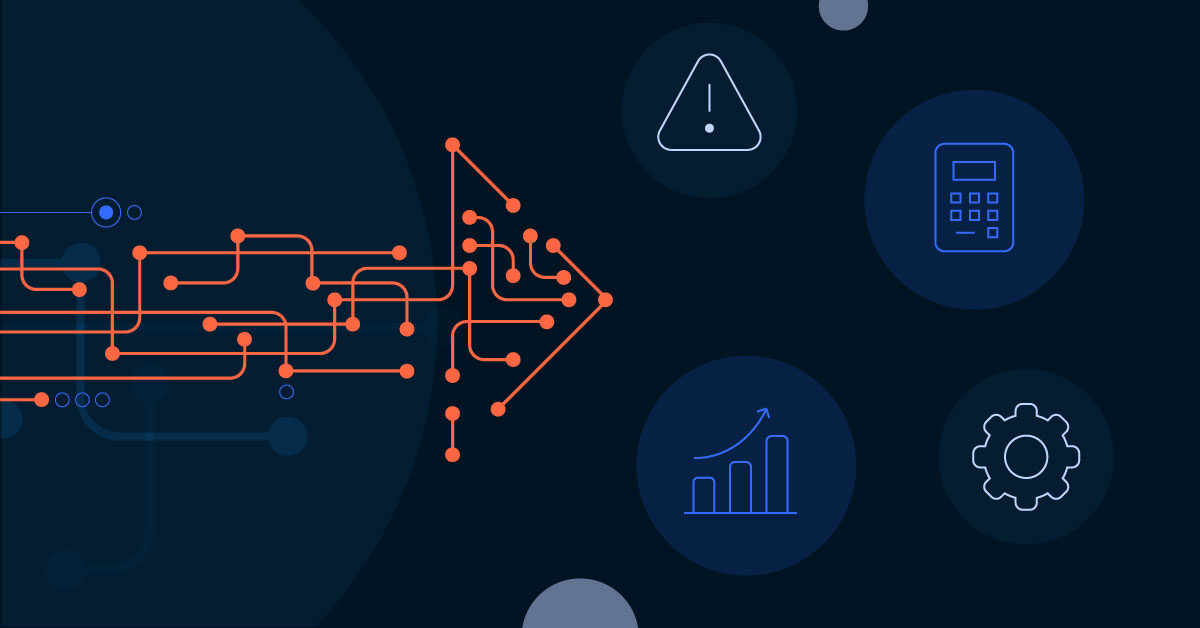Written by Landytech
14 Feb 2023In recent years, a key driver of family office investment in technology has been the need to have immediate access to near real-time performance data, to uncover operational efficiencies and provide consolidated reporting to families.
Whilst legacy systems strained under the pressure, more advanced software has enabled family offices to reduce reliance on enormous spreadsheets and all but eliminate manual processes when it comes to data management and reporting. These platforms can automatically source and process vast amounts of data and present it in customisable, visually compelling dashboards.
But what are the underlying data challenges that have fuelled this technological leap forward?
1. A complete view of wealth
One of the questions family offices most often have to answer is, ‘How much am I worth?’. It sounds like a simple request, but when wealth is spread across a vast array of public and private assets, in multiple geographic regions, the answer is not so easy to find. Especially when data is stored and processed manually, meaning the answer often lies across multiple systems, spreadsheets and statements, with varying degrees of data freshness.
With modern UHNW families now expecting a complete view of wealth based on near-real-time data, the ability to swiftly and confidently answer the question rests on family offices’ ability to manage data efficiently. And families don’t want to just see this data once, they want to see a continuous illustration of how total wealth has grown over the years. This puts the onus on family offices to consolidate and track performance data over time and display it in a powerful visual. As one of Landytech’s clients and CEO of a family office put it, "that is the line every family wants to see - so powerful."

2. Incorporating private asset data
UHNW families these days have incredibly diverse portfolios, and in the pursuit of higher risk-adjusted returns, that diversification is ever increasing. Allocations to private equity, direct investments, and real estate have grown significantly in recent years. And other alternative investments such as cryptocurrency and passion assets, such as art, vehicles and wine have started coming into play. Since the data for private equity, real estate and collectibles is not sourced from a custodial platform, data consolidation has been made even more difficult and time consuming.
It is up to family offices to source this data manually and consolidate it in spreadsheets. And having dealt with multiple relationship managers and navigated complex banking portals to get it, it’s very likely this data is longer completely up to date by the time it is used for portfolio analysis and reporting.
3. Keeping a sharp eye on the portfolio
Once family offices have drafted investment policy statements, assessed family tolerance to risk and created target asset allocations, it also falls to them to source and distil the data needed to stay within any agreed limits and investment scope.
Data that is refreshed daily to feed a built-in alerts system can ensure that family offices are able to quickly identify and rectify any breached limits, in addition to performing portfolio rebalancing where necessary. Such an up-to-date view can also enable family offices to better manage cash and liquidity in line with family preferences.
And it’s not just performance monitoring that data is valuable for. In recent years, there has been much greater scrutiny on the fees family offices are charged by portfolio managers. Having refreshed data can ensure that family offices have much greater visibility of outgoing fees, so they can make more informed decisions about manager selection against their performance.
4. Managing Risk
Many family offices are beginning to take a much more proactive approach to investment risk management. However, the data that they receive from portfolio managers often does not provide them with an adequate understanding of a family’s total exposure to risk. And with specialised risk personnel and sophisticated risk systems coming at a premium, family offices often lack the capabilities and operational capacity to perform comprehensive risk analysis and monitor risk across all asset classes.
Recognising the importance of data and robust risk analysis to their risk capability, family offices are increasingly employing third-party providers so that current investment risk and exposures can be monitored, in addition to measuring potential liquidity risk that could emerge under various economic scenarios.
5. Data Security
UHNW families place a premium on personal privacy, meaning family offices have a responsibility to not only protect their clients’ assets, but also all their confidential information. And given the amount of wealth family offices look after, they are an increasingly popular target for cyber attackers.
Family offices are turning towards hosting data on the cloud instead of server-based systems and hard copy documents, to ensure that all data is secure and best protected from a cyber-attack. Cloud-based software solutions employ security measures beyond the affordability of most businesses. Sophisticated detection systems, strong authentication, and encryption techniques to protect user data are standard.
Taking command of data
With readily accessible and timely data, family offices can make swift, informed investment decisions and upgrade their risk management capabilities. They can also significantly improve their reporting efficiency, both for periodic performance reporting and the ability to respond quickly to ad hoc requests. With the right software, family offices can all but eliminate repetitive data management tasks, reclaiming time for value-add activities, such as portfolio analysis and business development.
Related Content
%20(1).png)
Unlock bookkeeping efficiency with Sesame Data - and offset implementation costs with the Jersey Better Business Grant
For trust companies, efficiency and accuracy in bookkeeping are paramount. Yet, many trust companies in Jersey still rely on manual processes that consume valuable time and resources. Enter Sesame Data, an innovative solution designed to automate...

Ensure Faster API Integration With The Sesame Data Developer Portal
Discover the power of seamless custodied investment data integration with the launch ofthe Sesame DataDeveloper Portal. The portalis designed to empower developers with theAPI tools, documentation and resources necessaryto streamline...

The Top 5 Data Challenges for Trustees in 2023
In recent years, the use of managed investments in trusts has grown significantly. This has put the onus on trustees to regularly review these investments and scrutinise their corresponding fund managers, alongside the management of private assets...




